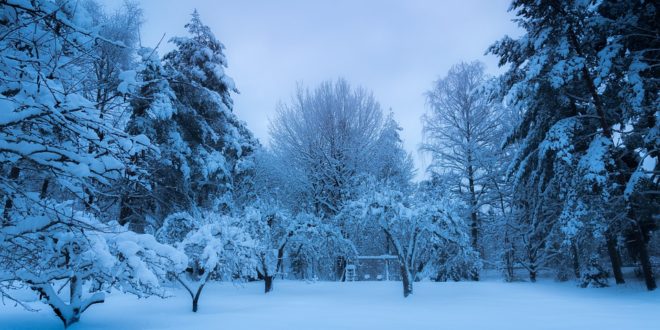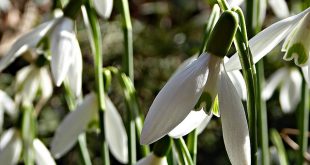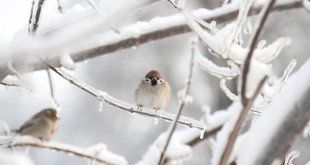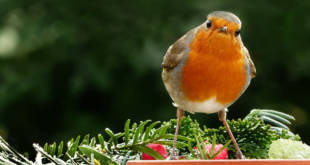Gardeners across the UK have started to breathe a sigh of relief with winter finally upon us. Tools are being locked away, gardens forgotten about and plants left to fend for themselves. It’s a common misconception however, that lawns and gardens require minimum maintenance throughout winter.
Machinery
Take care of your lawnmowers
Grass growth slows down significantly in winter, but it doesn’t stop entirely. Grass will continue to grow in temperatures above 5ºC, but once it drops below this you can tuck your lawnmower away.
You will preferably want to get your last mow of the season in before the first frost. Once grass becomes too wet or icy, mowing isn’t advised as it can do more harm than good to both the grass and your machinery. You will want to keep your mower in a cool, dry place after preparing your machine for storage.
If you do need to use your lawnmower, it’s recommended to keep it on a high cut setting and to avoid storing your mower on the grass as this can prevent growth. Also, you are likely to damage your machine by doing so.
Using your tractors in winter
Tractors are slightly more difficult in terms of winter use. Farmers will find that it simply isn’t possible to put a tractor away for winter as there’s usually something they will need it for regardless of the season.
One of the trickiest things with using a garden tractor in winter is usually getting it started in the first place, as cold weather and tractors don’t usually make the best of friends. In this case, you need to make sure you’re storing your tractor properly when you’re not using it.
To keep your frosty mornings as short as possible, we recommend:
- Removing the battery, or turning it off completely with a cutout switch when the tractor is not in use.
- Keep your tractor stored away in a warm or heated garage where possible, so it rests in warmer temperatures.
- Use winter fuel, which has been specifically designed for use in colder months, if it is recommended for your tractor make and design.
- Run your tractor for a short while in between off days (this isn’t necessary if you are utilising your tractor on a weekly basis)
Garden and lawn
Aerate and fertilise
As preparation before winter, you will want to aerate your lawn, to make sure that air, water and other essential nutrients can circulate throughout. Once you have loosened the soil, you can spread a layer of fertiliser. The grass roots will absorb nutrients provided by the fertiliser over time and get a head start for spring.
Clear leaves and debris
Be careful not to let your lawn suffocate over winter by leaving a heavy layer of wet leaves and debris. You can clear these up through mulching if the layer is thin enough, or raking the leaves away to allow your lawn to breathe.
Additionally, you will want to put away any toys and garden furniture for the season too.
Create a path
You will want to avoid treading over your lawn as much as possible over winter, as foot traffic can upset already fragile grass. If you know you will have to walk over any grass or plant areas, you may want to consider creating a stone pathway.
Should you mow your lawn?
As mentioned previously, you will want to mow your lawn for the last time before the frost sets in. You may want to consider using a mulching mower, as this will help to feed your lawn ahead of spring.
You’re supposed to avoid walking on your grass as much as possible, but what if it needs cutting? Deciding this can be a little more difficult.
The short answer to this is that you can continue to mow as long as the weather is mild and your lawn is still growing. You should keep your mower on a high-cut setting, and you’ll only want to cut the grass occasionally. You should never mow your lawn if:
- The soil is soft
- The lawn is frosty or wet
As doing so can compact the soil and damage the grass, preventing future growth.
Artificial turf
Is artificial turf the no-maintenance option?
Ask anyone, and they are likely to be considering artificial turf as a low to no maintenance option for their garden. And in the winter, it will stay a lovely shade of green where live grass usually goes dormant.
Artificial turf may look exciting and a great option in the short term, but the environmental impact and lifespan make it a bad long-term investment. It costs an average of £130-£160 per month over it’s 10 year life and will need maintenance in the form of leaf collection, and cleaning up after any pets which you will be doing anyway with natural grass.
 Gardeners Club The Gardeners Club is a free to join online club for everyone with an interest in gardening and gardens.
Gardeners Club The Gardeners Club is a free to join online club for everyone with an interest in gardening and gardens.






